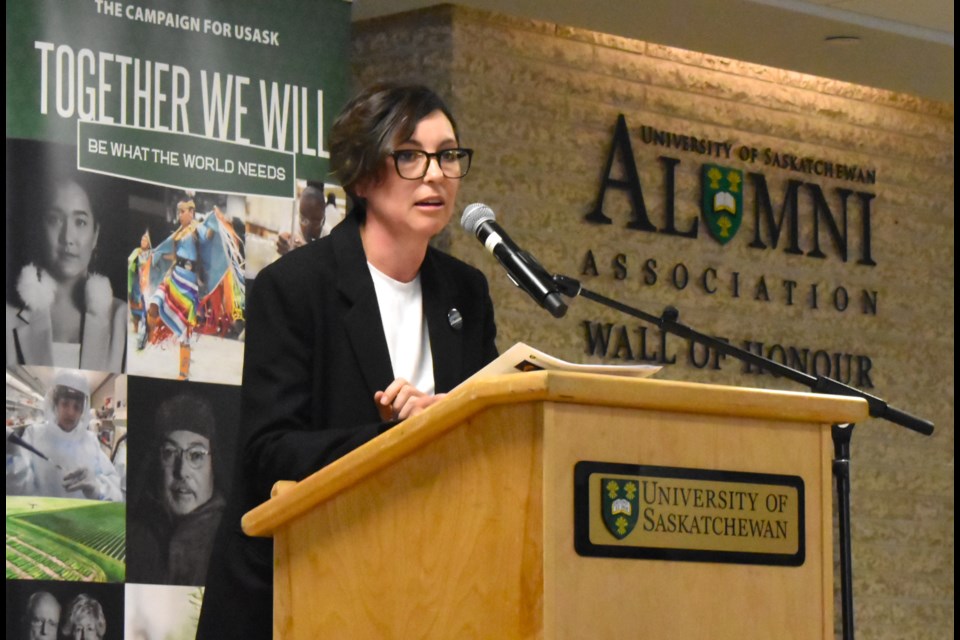2:06 AM, May. 21, 2011|
"Pro: Science, government give a thumbs up," by Jim Sims
As I watch the latest saga of methyl iodide unfold, I have to ask myself: How could everyone have gotten it wrong?
In short, they didn't. Here's why:
Never mind that methyl iodide doesn't even make the cancer-causing-chemical lists of
the world's leading agencies for cancer research.
Never mind that methyl iodide is a naturally occurring compound present in the sea and
air and on land.
Never mind ongoing research demonstrates time and again that methyl iodide does not get into groundwater supplies.
And never mind that methyl iodide has been used on thousands of acres in the United States without a single negative impact to human health or the environment.
In 2007, the EPA approved methyl iodide for use following a five-year review it described as "one of its most comprehensive." Over that period, dozens of scientists developed state-of-the-art toxicological and environmental studies according to internationally accepted protocols. At the end of their review, these scientists concluded methyl iodide could be used safely under the strictest label in the fumigant industry.
Three years later, the California Department of Pesticide Regulation arrived at the same conclusion following its own thorough review. CDPR even added its own additional safety precautions to methyl iodide use.
In the meantime, six other countries approved methyl iodide as a soil fumigant.
And yet, a small group of well-organized activists whose goal is eliminating all use of crop-protection tools still purport that methyl iodide is an immediate threat.
These are the same activists who propose to feed the world's booming population with organic, locally grown food — essentially mandating we all live by the model of rural Africa, where millions are starving.
An all-natural, chemical-free world sounds utopian. But the population is not dwindling. In fact, countries are scrambling to figure out how they will feed an expected 9 billion mouths by 2050. Perhaps The Economist put it best when it stated organic farming is a "luxury of the rich."
Meanwhile, California's food producers must find the right tools to sustain a multibillion-dollar industry. Amid water shortages, increased regulation and rising production costs, providing farmers with a tool that helps ward off diseases, pests and weeds is the least our government can do.
When I review the science and compare the facts to the frantic claims of activists, the truth is clear. The EPA, CDPR and the scientists from around the world who have thoroughly studied and approved methyl iodide didn't get it wrong. They got it right.
ª Jim Sims is a professor of plant pathology and chemist emeritus at UC Riverside. As the patent-holder for methyl iodide as a soil fumigant, Sims spent more than 30 years researching the chemical in the lab and in the field.
"Con: We can live without this carcinogen," by Paul S. Towers
How could it come to this: cancer-causing pesticides pushed into our strawberry fields instead of cutting-edge green agriculture?
That's what happened late last year when one company, Arysta, successfully convinced then-Gov. Arnold Schwarzenegger to allow the use of methyl iodide in California, instead of investing in forward-thinking agriculture.
The company was successful, despite findings by world-class scientists convened by the state to review methyl iodide, calling it "one of the most toxic chemicals on Earth." And under pressure, state regulators approved the use of methyl iodide at levels 120 times greater than scientists consider safe.
Corporate pesticide interests want us to ignore the fact that methyl iodide is so reliably carcinogenic that it is used in the lab to create cancer cells.
Corporate pesticide interests want us to ignore the fact that Washington state denied the use of methyl iodide based on California's scientific review.
The U.S. Environmental Protection Agency heard these concerns and asked for input about whether it should prohibit the use of methyl iodide across the country. More than 200,000 members of the public submitted comments to EPA last week urging the agency to prohibit the use of methyl iodide.
Additionally, 39 distinguished scientists, including three Nobel Laureates in Chemistry, submitted a letter last week to the EPA noting that methyl iodide is: "one of the more hazardous chemicals used in research labs and in the chemical industry, and it seems counterintuitive that EPA would work on one hand to prevent and document relatively small releases of methyl iodide used in research and chemical manufacturing, while permitting what will likely be millions of pounds to be used annually in agriculture near homes, schools and workplaces."
Patent-holder Jim Sims and pesticide manufacturer Arysta, the most outspoken methyl iodide promoters, stand to benefit most from the sales of the chemical.
What do you do when painted into a corner? Arysta's response: wage a public relations war to tarnish the reputations of scientists and community leaders that oppose methyl iodide. So the pesticide manufacturer hired Bush Administration strategist J. Scott Jennings at Peritus Public Relations to influence government officials to ignore independent science and secure approval for methyl iodide.
Corporate PR efforts notwithstanding, facts on the ground speak for themselves.
Strawberry production has grown, even as other soil fumigants are being phased out. In spite of the pesticide manufacturer's frantic claims that agriculture will go under without methyl iodide, farmers aren't convinced. In the three years it has been registered in other parts of the U.S., less than 1 percent of the acres that could potentially be treated with methyl iodide were actually treated. The European Union grows a quarter of the world's strawberries, almost equal to the United States' output, without the use of methyl iodide and most other fumigants.
Scientists, doctors and public health professionals all warn of the profound impact methyl iodide will have on the health and safety of residents in the Salinas Valley.
Unfortunately, farmers, farmworkers and neighboring communities will bear the greatest costs of methyl iodide use, that is, until we can convince government leaders to support our communities and invest in safe, green and visionary agriculture.
ª Paul S. Towers is state director of Pesticide Watch Education Fund, where he works with Californians to prevent pesticide exposure, promote local farming and build healthier communities.
![]()




